The Nuclear Fuel Services facility in Erwin, Tenn. (Photo: BWXT)
BWX Technologies subsidiary Nuclear Fuel Services Inc. suspended operations last Friday at a Tennessee facility to assess conditions following Hurricane Helene. A company spokesperson said the site remained "in safe and secure condition."
U.S. deputy secretary of energy David M. Turk (left) and Japan’s minister of education, sports, science, and technology Masahito Moriyama, in Washington, D.C. (Photo: DOE)
During a state visit to the White House by Japanese prime minister Fumio Kishida on April 10, the Department of Energy announced that U.S. and Japanese agencies had cooperated to remove all high-enriched uranium (HEU) from the Japan Materials Testing Reactor Critical Assembly (JMTRC) of the Japan Atomic Energy Agency (JAEA) two years ahead of schedule.
A Framatome operator fabricates U-Mo foils at CERCA. (Photo: Framatome)
Framatome is prepared to manufacture a novel molybdenum-uranium (U-Mo) fuel to extend the life and safe operation of the Forschungsreaktor München II (FRM II) research reactor in Germany. A new fuel supply—one that uses uranium enriched to less than 20 percent U-235—means the FRM II can continue to supply neutrons to industry and the scientific community. The fuel is “Europe’s low-enriched fuel with the highest density ever realized for research reactor operations,” according to Framatome’s April 27 announcement.
Nuclear Fuel Services in Erwin, Tenn. (Photo: BWX Technologies)
BWX Technologies announced on April 10 that its Nuclear Fuel Services subsidiary in Erwin, Tenn., has been awarded a five-year, $428 million contract from the National Nuclear Security Administration to purify and convert high-enriched uranium (HEU) from an oxide to a metal. The Phase II contract follows the successful completion by NFS of a $57.5 million contract awarded two years ago for a process line design and pilot demonstration.
Energy Fuels’ White Mesa Mill in southeastern Utah is the only operating conventional uranium mill in the United States. (Photo: Energy Fuels)
The bipartisan Nuclear Fuel Security Act (NFSA), introduced in the Senate last week, would authorize the Department of Energy to establish a Nuclear Fuel Security Program to “ensure a disruption in Russian uranium supply would not impact the development of advanced reactors or the operation of the United States’ light water reactor fleet.” The bill was introduced by Sen. Joe Manchin (D., W.V.), chairman of the Senate Energy and Natural Resources (ENR) Committee; Sen. John Barrasso (R., Wyo.), ranking member of the Senate ENR committee; and Sen. Jim Risch (R., Idaho).
From left: Christina Leggett (Booz Allen Hamilton), Morris Hassler (IB3 Global Solutions), Everett Redmond (Oklo), Andy Griffith (DOE-NE), Ben Jordan (Centrus), Stephen Long (GLE), and Magnus Mori (Urenco).
Whether commercial demand for high-assay low-enriched uranium (HALEU) fuel ultimately falls at the high or low end of divergent forecasts, one thing is certain: the United States is not ready to meet demand, because it currently has no domestic HALEU enrichment capacity. But conversations happening now could help build the commercial HALEU enrichment infrastructure needed to support advanced reactor deployments. At the 2022 American Nuclear Society Winter Meeting, representatives from three potential HALEU enrichers, the government, and industry met to discuss their timelines and challenges during “Got Fuel? Progress Toward Establishing a Domestic US HALEU Supply,” a November 15 executive session cosponsored by the Nuclear Nonproliferation Policy Division and the Fuel Cycle and Waste Management Division.
Ingots of HALEU derived from pyroprocessing of EBR-II driver fuel at Idaho National Laboratory. (Photo: INL)
On April 7, U.S. Sen. John Barrasso (R., Wyo.), ranking member of the Senate Committee on Energy and Natural Resources, introduced the Fueling Our Nuclear Future Act of 2022. The bill would ensure a domestic supply of high-assay low-enriched uranium (HALEU) for advanced nuclear reactors by directing the Department of Energy to prioritize establishing a domestic HALEU enrichment capability and to use enriched uranium held by the DOE and the National Nuclear Security Administration to fuel advanced reactor demonstrations until U.S. commercial enrichment is available. The bill explicitly excludes uranium sourced or processed by any entity owned or controlled by the governments of Russia and China.
As part of a nonproliferation agreement, Canada and the U.S. undertook a multi-year campaign to ship liquid high-enriched uranium material from Chalk River to Savannah River.
State troopers and first responders at a TRM roadshow stop in Virginia. The display LWT cask can be seen at the far right in its shipping container. (Photos courtesy of DOE/NNSA)
In March 2012, during the Nuclear Security Summit in Seoul, South Korea, the governments of Canada and the United States committed to work cooperatively to repatriate approximately 6,000 gallons of high-enriched uranyl nitrate liquid (HEUNL) target residue material (TRM) stored at the Chalk River Laboratories in Ontario to the U.S. Department of Energy’s Savannah River Site in South Carolina. The announcement was part of a larger agreement between the two countries to reduce proliferation risks by consolidating high-enriched uranium at a smaller number of secure locations.
A cask of HEU arrives at the H Canyon facility. (Photo: DOE)
The Department of Energy announced yesterday that Secretary of Energy Achievement Awards were presented to a team of Savannah River Site employees for the completion of the multiyear Target Residue Material (TRM) campaign to support global nuclear security goals.
SRS is a 310-square-mile site located in South Carolina. It encompasses parts of Aiken, Barnwell, and Allendale counties and is bordered on the west by the Savannah River and the state of Georgia.
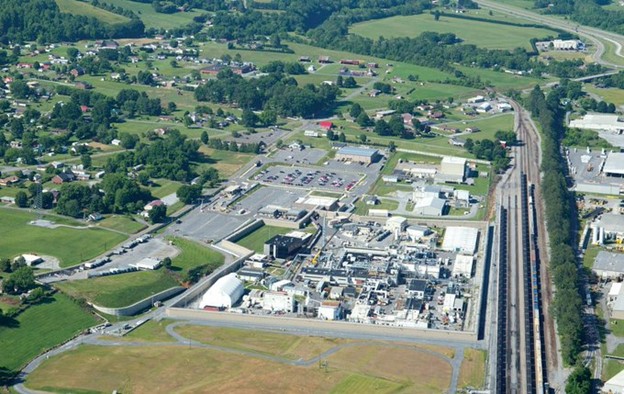


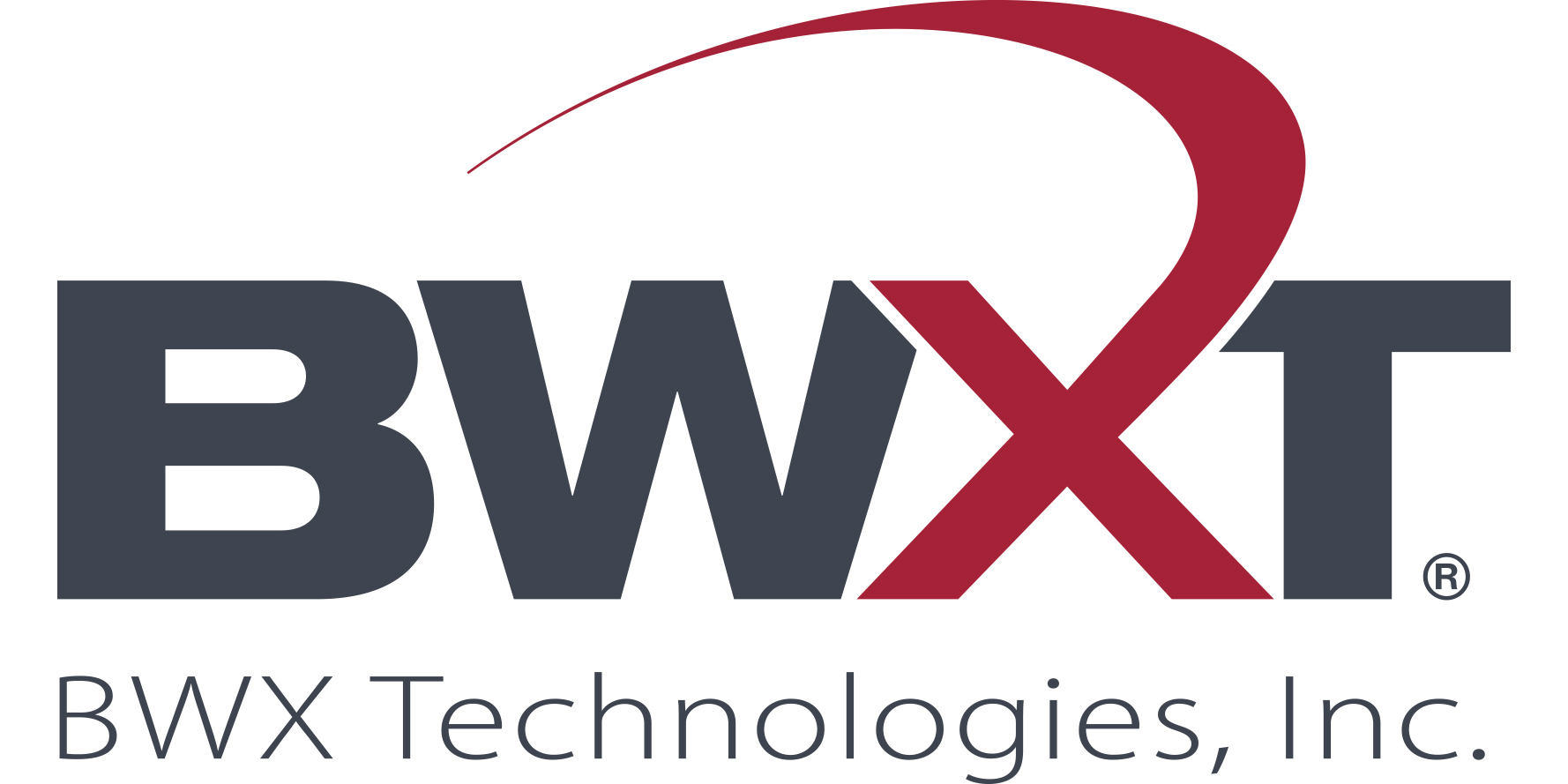
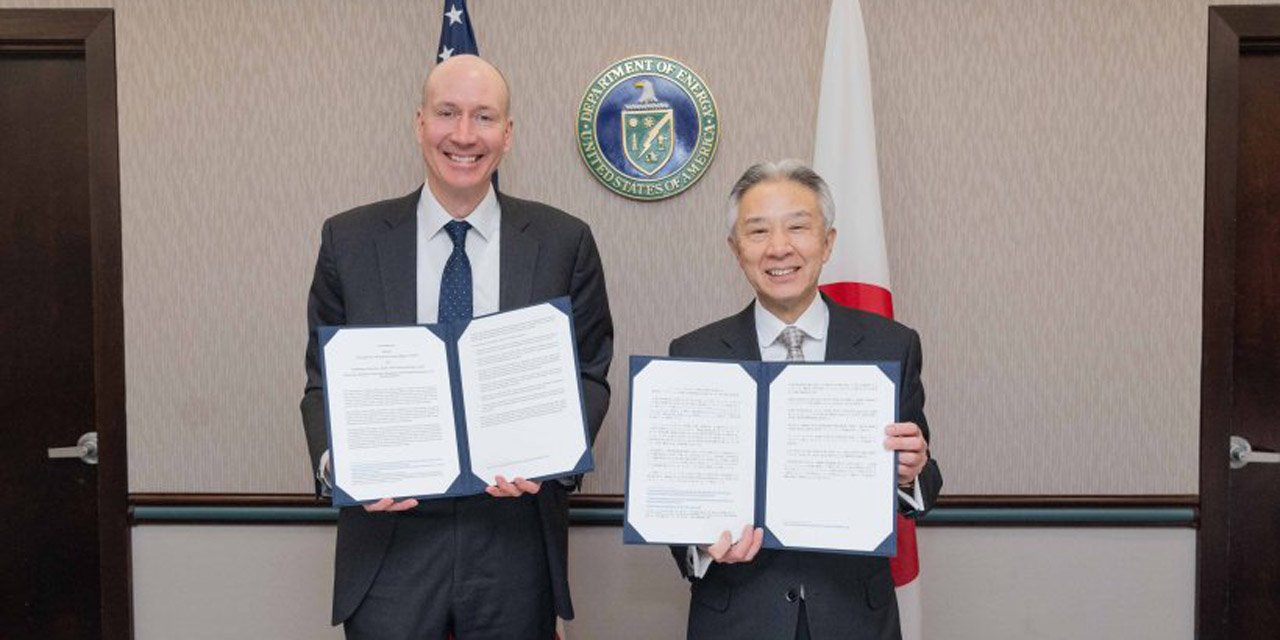
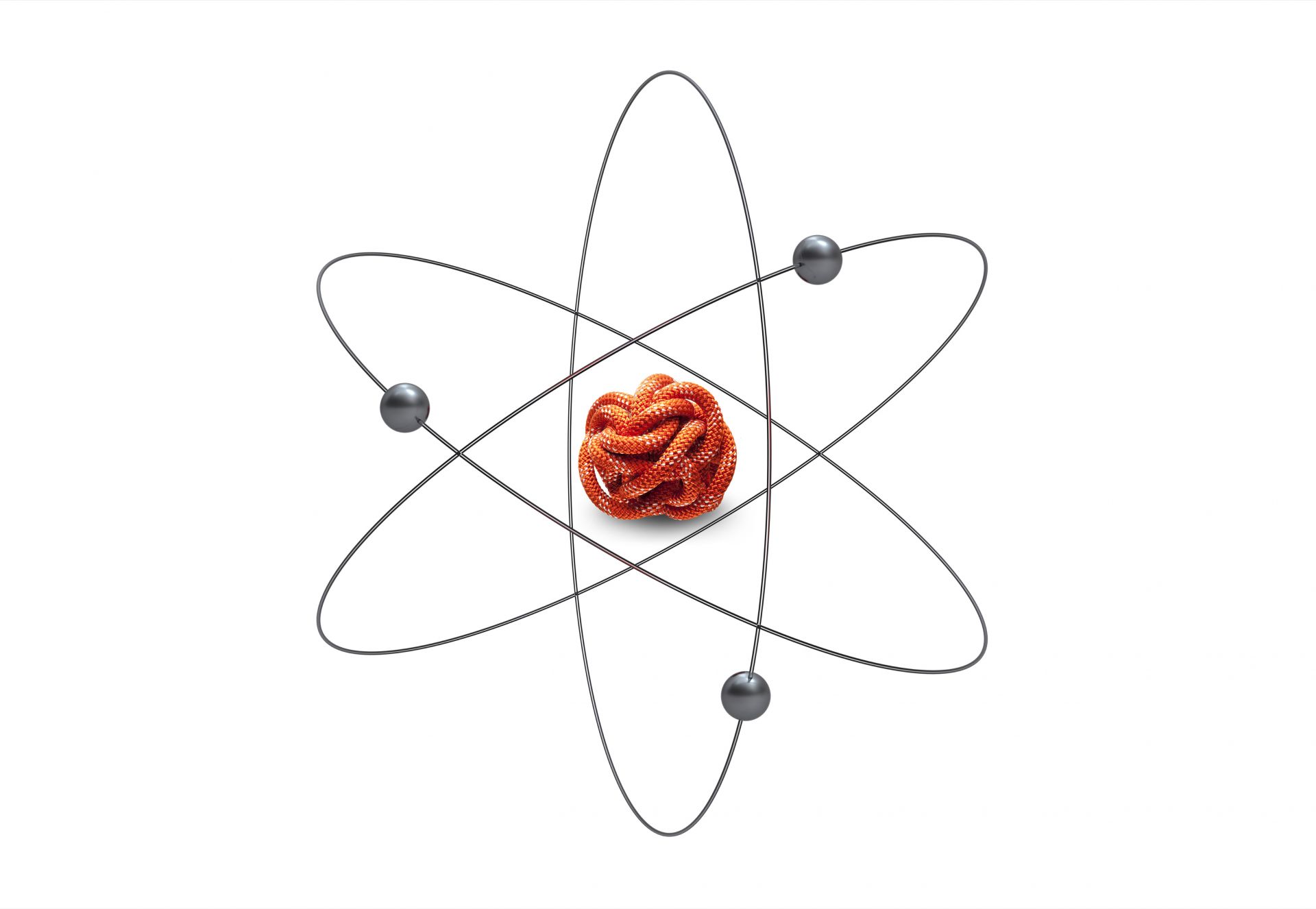
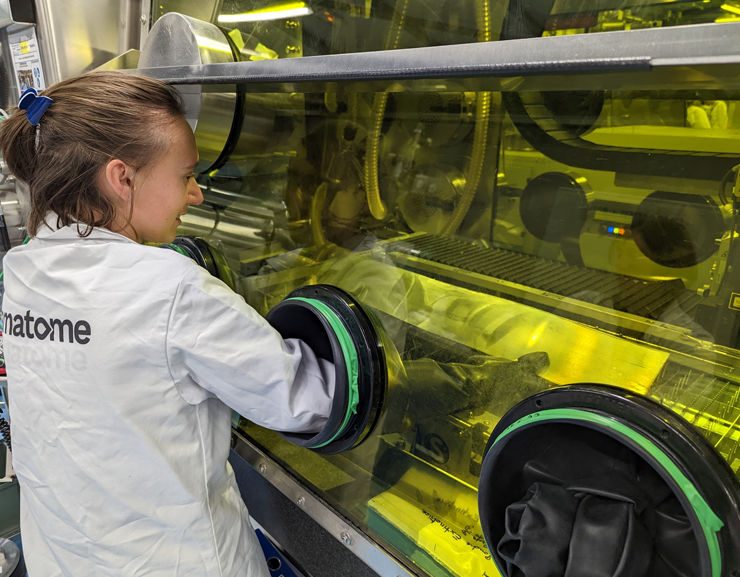

 After more than a decade of global efforts led by the Department of Energy’s National Nuclear Security Administration, all four major medical producers of the radioisotope molybdenum-99 for the U.S. market are now using low-enriched uranium (LEU) in their production processes instead of high-enriched uranium (HEU), the latter of which presents risks of nuclear weapons proliferation.
After more than a decade of global efforts led by the Department of Energy’s National Nuclear Security Administration, all four major medical producers of the radioisotope molybdenum-99 for the U.S. market are now using low-enriched uranium (LEU) in their production processes instead of high-enriched uranium (HEU), the latter of which presents risks of nuclear weapons proliferation.
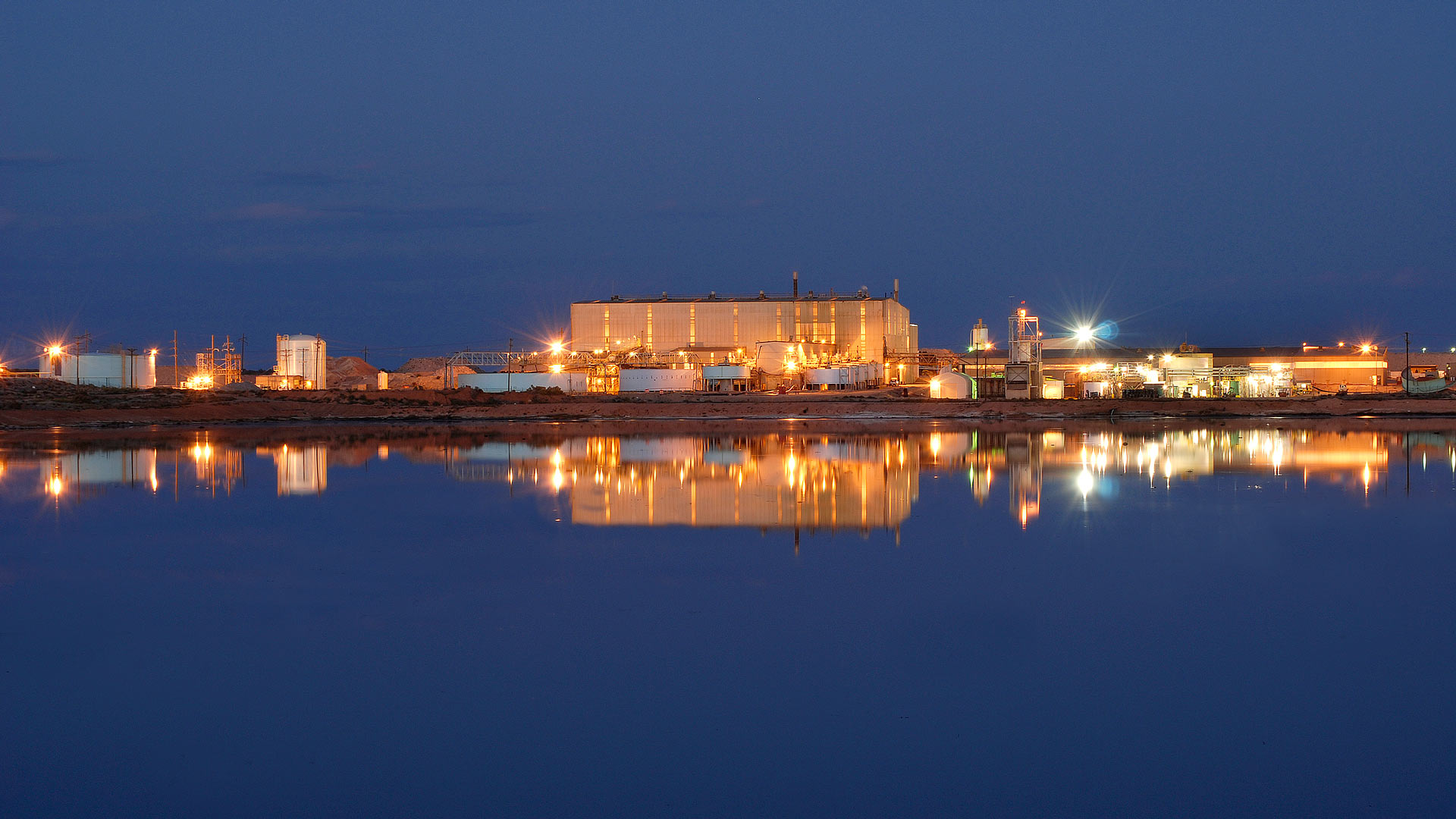




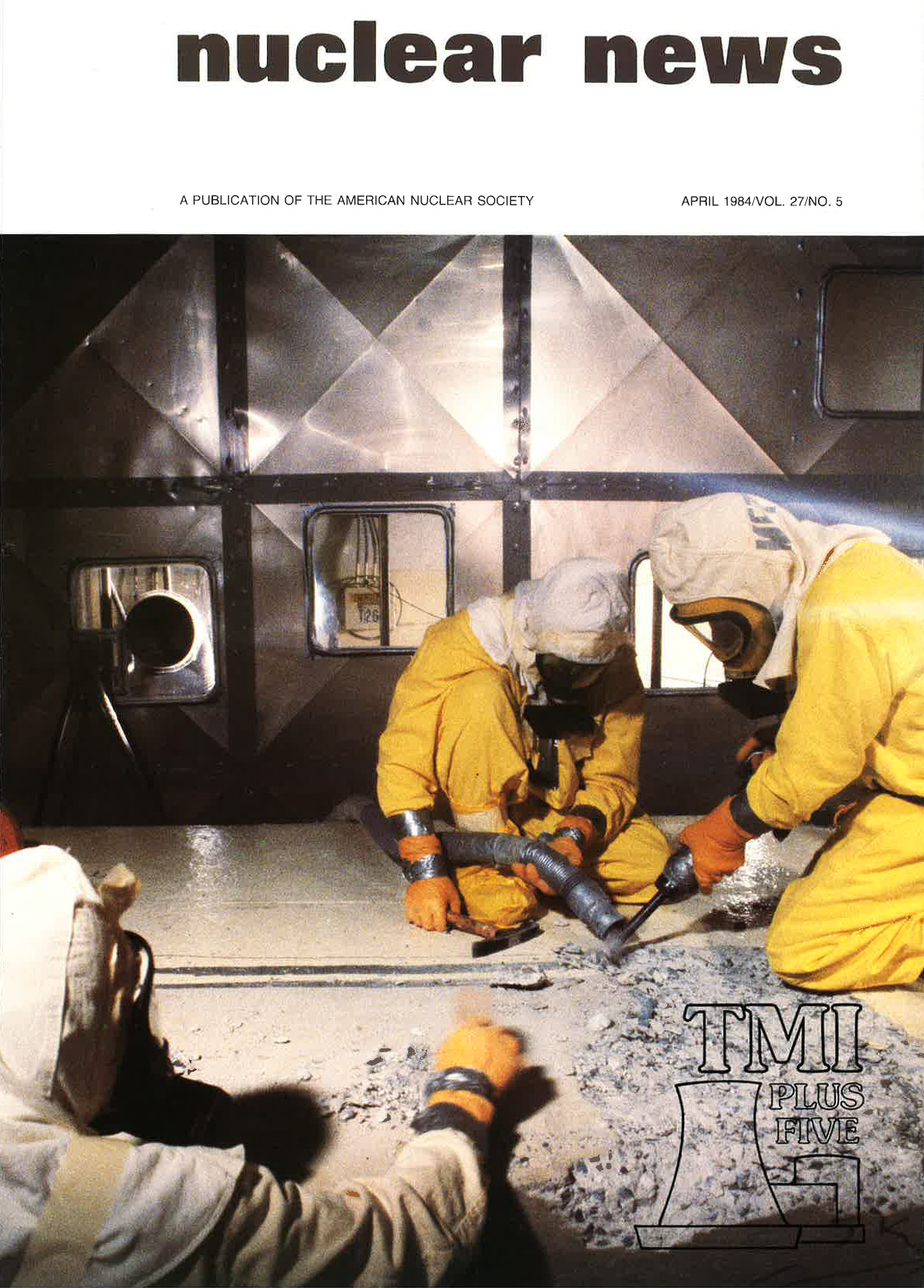 Today’s #ThrowbackThursday post looks at the initial debate surrounding the conversion of research reactor fuel from high-enriched uranium to low-enriched uranium. An article published in the
Today’s #ThrowbackThursday post looks at the initial debate surrounding the conversion of research reactor fuel from high-enriched uranium to low-enriched uranium. An article published in the 
